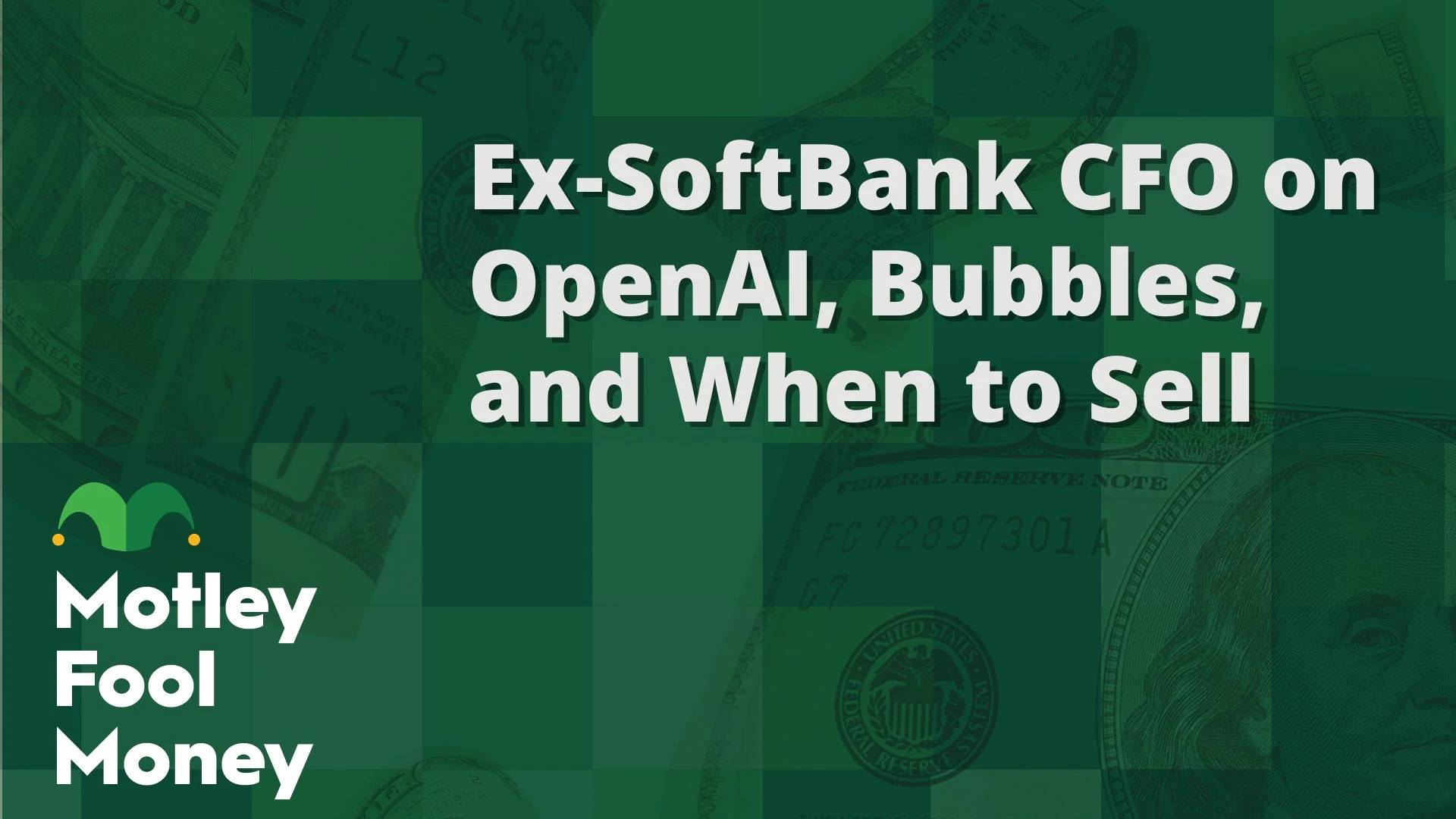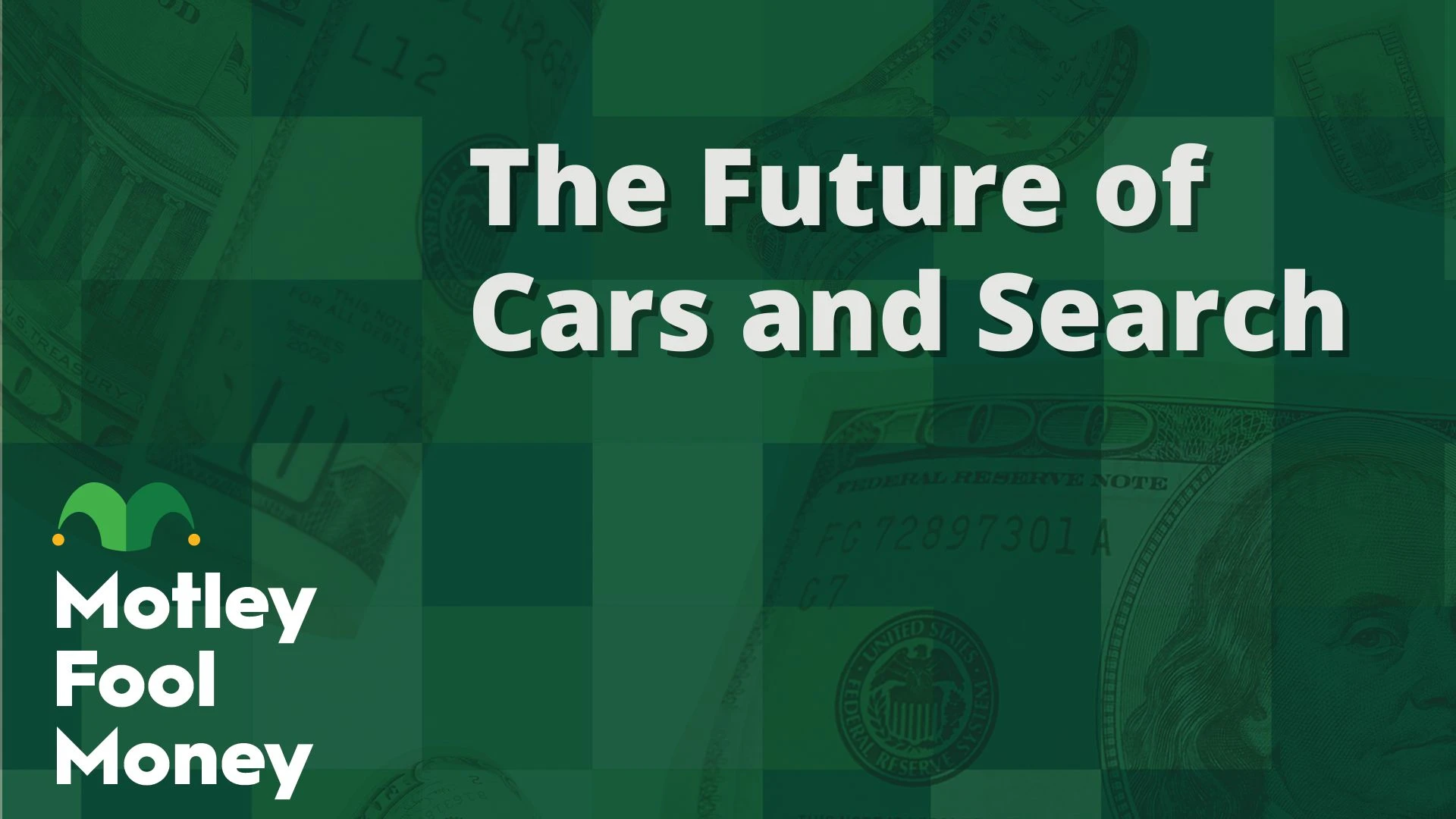Contents
- 1 CVS and Activist Investors: A Deep Dive
- 2 CVS Under the Activist Microscope
- 3 Housing and Auto Market Updates
- 4 KB Homes: Navigating the Housing Shortage
- 5 CarMax and the Auto Market
- 6 Uber’s Ambitions to Become the Everything App
- 7 Beyond Ride Sharing: Uber’s Expansion
- 8 The Dream of the Everything App
- 9 Uber’s Path Forward
- 10 Competing with Giants
CVS and Activist Investors: A Deep Dive
In this episode of The Motley Fool podcast, analysts Seth Jayson and host Dylan Lewis delve into why CVS is attracting the attention of activist investors. They explore the challenges facing the company, particularly focusing on its insurance operations, and discuss how improving these could revitalize both the company and its stock.
CVS Under the Activist Microscope
Dylan Lewis: Today, we’re examining the impact of interest rates on the housing and auto markets, with insights from KB Homes and CarMax. But first, let’s talk about CVS. Seth, it looks like CVS has caught the eye of Glenview Capital. This hedge fund has built a substantial stake in CVS and has some ideas for the company’s management. What do you think is going on here?
Seth Jayson: It seems like another case of activist investors making waves. We’ve heard about this from sources like the Wall Street Journal, but the specifics of what they want remain unclear. I haven’t reviewed CVS in a while, but from what I’ve gathered, the company is quite a complex situation, especially after my recent consumer experiences there. The non-pharmacy section, which includes items like snacks and medical braces, is not performing well. In fact, my own shopping experience highlighted some of the inefficiencies, like pricing discrepancies between in-store and app purchases.
**
**
The real issue, however, lies in CVS’s insurance segment, which is impacting earnings despite growing revenues. As one of the largest insurers in the U.S., the costs in this area haven’t aligned well with shareholder expectations. Problems seem to stem from underpricing and mismatched Medicaid state payouts.
Dylan Lewis: Many anticipated that CVS’s acquisition of Aetna back in 2018 would bolster their insurance operations, especially with Karen Lynch, who came over from Aetna, leading the company. It seems that hasn’t panned out as expected.
Seth Jayson: Exactly. CVS has been struggling with high costs and delayed medical procedures catching up. They’re attempting to rectify this by changing leadership and strategy in their insurance division. The company’s structure is roughly divided into thirds: pharmacy, front-end retail, and insurance, with pharmacy benefit management making up about 40%. While the latter two segments are doing fine, the insurance side is dragging them down. Yet, there’s still potential value here, as seen by the interest from activist investors.
Dylan Lewis: CVS’s stock has been stagnant over the last five years, and shares have declined this year. This isn’t the first time activists have shown interest. What signs would indicate the company is turning things around?
Seth Jayson: If I were considering an investment, the recent management changes and their commitment to better pricing might be enough to take a small position. Their free cash flow potential and real estate assets make them an intriguing value proposition, despite the challenges.
Housing and Auto Market Updates
Dylan Lewis: Let’s shift to the housing market with KB Homes. Despite market challenges, KB Homes is performing well. What are the key takeaways here?
Seth Jayson: KB Homes’ recent performance reflects the well-documented housing shortage. Although their stock took a hit due to guidance concerns, their revenue and unit sales remain strong. They’re improving construction timelines, and lower interest rates could further bolster their sales. The demand for affordable housing persists, and KB Homes is positioned well to meet it, especially given their competitive pricing.
CarMax and the Auto Market
Dylan Lewis: Moving to the auto industry, we received updates from CarMax. How are interest rates affecting this sector?
Seth Jayson: CarMax serves as a barometer for the used car market, which outsells new cars significantly. Their revenue is steady, with unit sales up, and they’re maintaining profitability despite price drops. As interest rates decrease, financing becomes more accessible, which should benefit CarMax as well. Their earnings were impacted by increased reserves for potential loan defaults, but overall, the outlook is positive as rates decline.
Uber’s Ambitions to Become the Everything App
Beyond Ride Sharing: Uber’s Expansion
Mary Long: Jason Moser joins us to discuss Uber’s quest to become the everything app. Jason, why was Uber’s billion-dollar profit milestone significant?
Jason Moser: Uber reaching over a billion dollars in annual operating profits marked a turning point, proving that they can sustain profitable growth at scale. This achievement validated the company’s potential, which I recognized when recommending Uber as an investment back in June 2022.
The Dream of the Everything App
Mary Long: Uber aims to expand beyond ride sharing into a super app. What makes this concept appealing, and why hasn’t it taken off in the U.S.?
Jason Moser: The allure of an everything app lies in convenience, offering multiple services under one roof. However, achieving this comes with challenges, such as the risk of spreading resources too thin and changing entrenched consumer habits. In the U.S., we’re accustomed to using separate apps for different services, which makes transitioning to a super app more complex.
Uber’s Path Forward
Mary Long: How might Uber achieve its goal of becoming an everything app?
Jason Moser: Uber’s existing large user base and revenue streams provide a solid foundation for expansion. Their strategy involves integrating complementary services that enhance their core offerings, like mobility and delivery, rather than diversifying too broadly. This approach minimizes risks while leveraging their logistical strengths.
Competing with Giants
Mary Long: Surprisingly, Uber is also seen as a potential competitor to Amazon. How does Uber stack up against such a formidable opponent?
Jason Moser: While Amazon is a giant, Uber’s focus on convenience and logistics, moving people and goods efficiently, positions them uniquely. Their advertising segment, though small, shows promise with high-margin potential. Rather than directly competing, Uber can capitalize on shifting consumer preferences towards convenience, an area where Amazon’s success has paved the way.
Mary Long: Thanks, Jason, for your insights into Uber’s ambitious future.
Dylan Lewis: Remember, the Motley Fool may have formal recommendations for or against stocks mentioned. Always consider your own research before investing. Thanks for listening, and join us again tomorrow.




